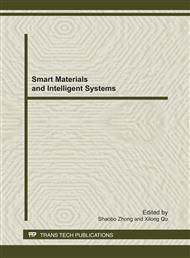p.204
p.209
p.215
p.220
p.224
p.229
p.235
p.240
p.246
Simulation Research of Engine Cooling System
Abstract:
The engine cooling system is very important for engine working efficiently. Using AMEsim software to simulate the cooling system can make it easily and clearly. So the simulation system is built. The engine cooling system structure is given first, and the model followed. The influence of the heat component and the fan operating is studied also. Through the analysis of the cooling system, we know that with the help of fan, the system can get additional air in the radiator and make the temperature decrease onsequently. This is very useful to make engine working in high performance.
Info:
Periodical:
Pages:
224-228
Citation:
Online since:
January 2012
Authors:
Keywords:
Price:
Сopyright:
© 2012 Trans Tech Publications Ltd. All Rights Reserved
Share:
Citation:


